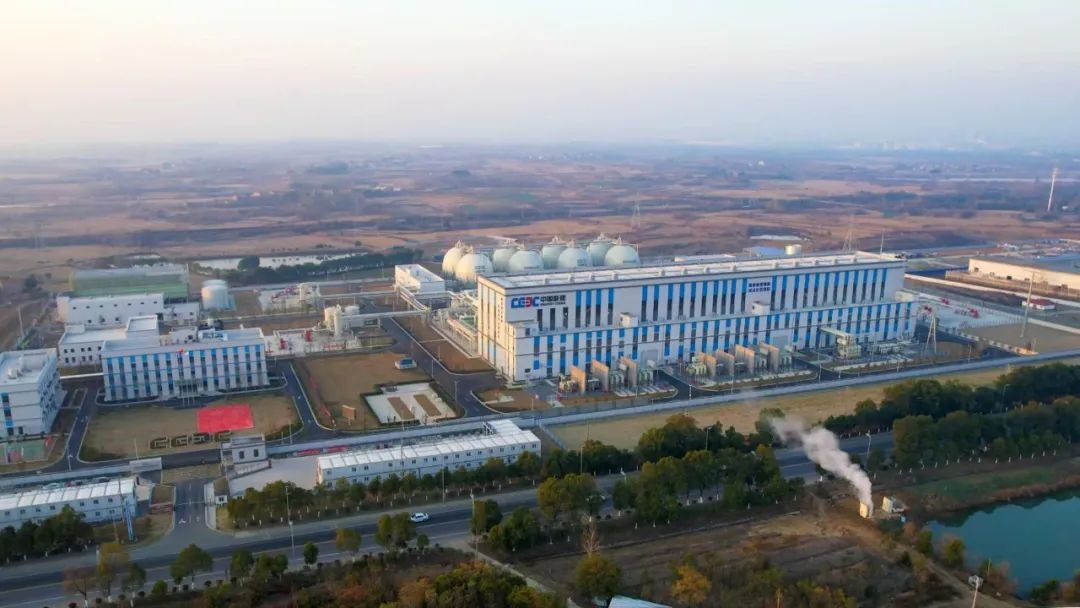Researchers at the University of Twente in the Netherlands have investigated how free-space luminescent solar concentrators (FSLSCs) could be used to enhance bifacial PV module performance in vertical PV installations and have found that electricity production could be increased by up to 60% during the winter.
LSCs are commonly used as photonic devices in the production of fine chemicals in photo-microreactors, in dynamic “smart” windows to control light entering spaces, and for the distribution of color-tuned light to enhance plant growth in greenhouses. They can also be used to improve the efficiency of solar panels. The LSCs consist of luminescent materials that are also known as luminophores, which are groups of molecules that emit light when illuminated.
The materials can be coated on the surface of a polymer or glass plate, or used as a dopant of the polymer or glass plate acting as a light guide. They can capture direct and indirect sunlight at one wavelength and re-emit it at a longer wavelength. If applied to PV, luminophores are able to capture high-energy photons that the photovoltaic panels cannot absorb and re-emit them as photons.
FSLSCs are described by the Dutch research team as systems that can absorb broad-spectrum sunlight and re-emit it as red-shifted photons within a controlled emission cone. This light is then re-directed towards the nearby solar modules.
The experimental setup consisted of a rooftop PV system and several bifacial panels deployed vertically on a fence in the garden of a single-family house. The FSLSCs are deployed on the south-facing facade of the house and appear as a brownish surface without texture. They are reportedly able to absorb the full visible solar radiation from all angles and emit red-shifted photons into a narrow emission cone directed to the rear side of the bifacial solar modules.

Image: University of Twente, Solar Energy Materials and Solar Cells, Common License CC BY 4.0
The scientists conducted their analysis by comparing the performance of the FSLSCs with those of specular mirrors and diffuse reflectors for light reflection. “Our findings indicate that FSLSCs with a 40° emission cone can significantly boost energy yield, particularly during the winter months, outperforming specular mirrors and diffuse reflectors by providing better yield without the issue of uneven illumination,” they explained.
They also found that FSLSCs may increase winter energy output by up to 60%. “Overall, FSLSCs improve annual energy yield by 12% compared to conventional monofacial systems, offering a more balanced distribution of solar energy generation throughout the year,” they added. “We are confident that a variety of bifacial PV systems incorporating diffuse reflectors and FSLSCs can be designed to significantly enhance solar power system performance.”
The novel concept was introduced in the study “Optimizing bifacial PV performance: The impact of reflectors and free space luminescent solar concentrators on winter yield,” published in Solar Energy Materials and Solar Cells.
Looking forward, the academics said they will investigate reflection and shading from surrounding structures and how heat can affect the optical properties of FSLSCs.
This content is protected by copyright and may not be reused. If you want to cooperate with us and would like to reuse some of our content, please contact: editors@pv-magazine.com.




By submitting this form you agree to pv magazine using your data for the purposes of publishing your comment.
Your personal data will only be disclosed or otherwise transmitted to third parties for the purposes of spam filtering or if this is necessary for technical maintenance of the website. Any other transfer to third parties will not take place unless this is justified on the basis of applicable data protection regulations or if pv magazine is legally obliged to do so.
You may revoke this consent at any time with effect for the future, in which case your personal data will be deleted immediately. Otherwise, your data will be deleted if pv magazine has processed your request or the purpose of data storage is fulfilled.
Further information on data privacy can be found in our Data Protection Policy.